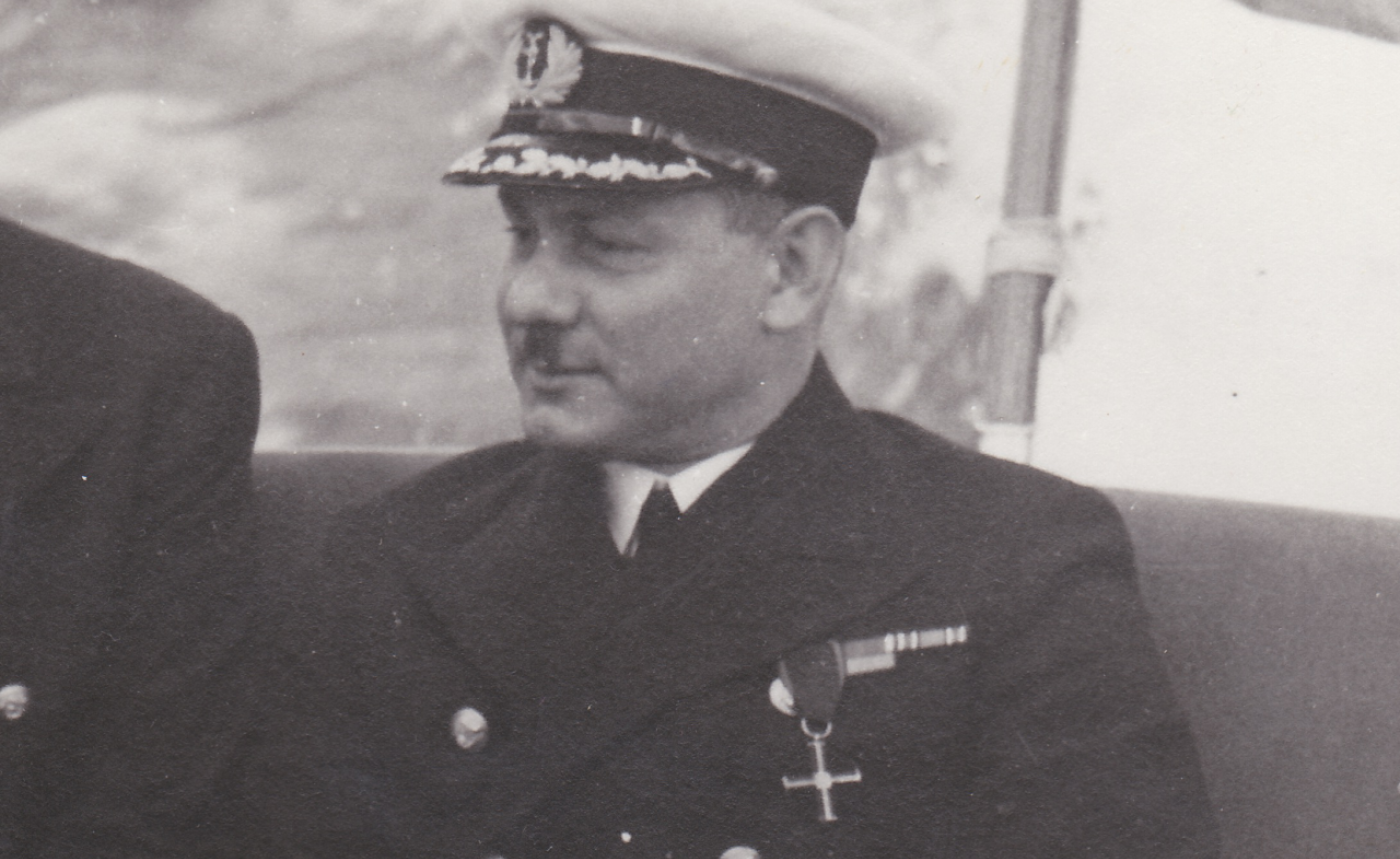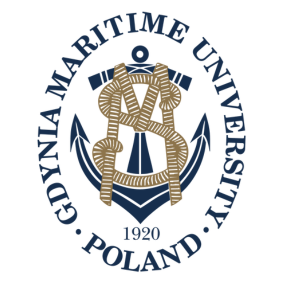Captain Stanisław Kosko

Captain Stanisław Kosko, MM
Principal of the State Maritime School in Gdynia,1937-1939
Early Years
Principal of the Maritime School in Tczew - 1923, Marine Journalist. Born in Wojciechowice, near Ostrołęka. Until 1915, he attended Pułtusk Classical Secondary School, where despite his young age, he was involved in pro-independence activities, including the organisation of clandestine associations and scouting groups. He was also a member of the Polish Secondary School Association Sokół.
During WWI
In 1915, during the First World War, he was evacuated to Czernihova in Ukraine, where he continued his scouting activities at the local secondary school. From 1916, he was a pupil of the boys' secondary school in Kyiv. He completed a scout instructor course in 2018.
After the War
After graduating in 1919, he began his studies at the Technical Institute in Kyiv, but soon put his education on hold to join the Polish Military Organization. He was involved in the Bolshevik war. Having returned from Ukraine together with the Polish troops, Stanislav Kosko entered the Navy and was assigned to 3 Company as a second-class sub-officer.
After a stay in Torun, he left for Warsaw, where he worked briefly at the Department of Maritime Affairs. In 1927-1928, he also studied at the Warsaw School of Political Science.
"Father" of the Voyage to Brazil
During the years 1920-1923, he was an outstanding student of the Faculty of Navigation of the Maritime School in Tczew. He took part in the voyage of Lwów to Brazil, on which, for the first time in the history of the Polish Merchant Navy, the ship crossed the equator. As part of his equatorial baptism, he was given the nickname "Father", because of his loving approach to his colleagues. In 1924, he was employed on Lwów as a navigation officer and educator.
He was an officer of the Watch on Dar Pomorza”s voyage around the world
In 1925, he joined the Maritime Department of the Ministry of Industry and Trade, where for years he enjoyed a career as a valued employee, advancing from a contract worker to the post of councillor in the sailing department. He resigned from the role in 1934 to take part in the Dar Pomorza’s circumnavigation of the world under the command of Master Mariner Konstantyn Maciejewicz. In addition to the role of officer of the watch, he also acted as ship press officer, making use of the several languages he spoke fluently.
In November 1935, he married Dr Jadwiga Titz, who would become a well-known rheumatologist, a respected social activist, director of the Rheumatology Hospital in Sopot, and the founder and president of the Za Falochronem housing association.
Master Mariner
On 21st October 1935, Stanisław Kosko qualified as a master mariner. In 1936, the Ministry of Industry and Trade named him Inspector of The State Maritime School in Gdynia, and a year later, the School's director.
In 1938, during his term in office, the Faculty of Transport and Maritime Administration was opened. The faculty began by training the Jungs on the School’s frigate, under Konstantyn Maciejewicz.
The School also opened swimming baths. Much emphasis was put on the importance of the fitness and physical condition of course participants, with football and rowing competitions, also organised at this time. The Dar Pomorza took part (June 1938) in the celebrations of the 80th birthday of Swedish king Gustaf V. The cruise was directed by Stanisław Kosko, who also acted in the capacity of correspondent for the publication Morze.
On the Eve of WWII
In August 1939, in consultation with the Ministry of Industry and Trade, Stanisław Kosko took the decision to relocate the Dar Pomorza to a Swedish port in case war should break out.
The end of August saw the last students graduate before the outbreak of the War and all the students were ordered to evacuate. Participants undergoing training in Gdynia were either sent home on leave or assigned to military units. On 25th August, Stanisław Kosko received a call-up notice as a Navy lieutenant. Three days later, after delegating his responsibilities to his deputy, Konstantyn Maciejewicz, he took command of the Polish Shipping’s coaster ship, the s.s. Gdynia, which had been commandeered by the Navy and used as a base for the troops of cutters.
Bombardment of the ORP Gdynia
On 2nd September, while anchored in Puck bay, the ORP Gdynia was bombarded and sank. Many sailors on board died, and Stanisław Kosko was injured. His injuries proved fatal – he died in hospital in Gdynia on 8th September. He was buried in Witomino cemetery, alongside a small group of SMS lecturers, staff, and students.
Decorations and Merits
Stanisław Kosko was the author of many works published in Morze and Polska Gospodarcza. He recorded events on Dar Pomorza's trip around the world in the book Przez trzy oceany [Journey Through Three Oceans], published by the Maritime and Colonial League, and for which he won the Silver Laurel of the Polish Academy of Literature. The Ministry of Public Affairs and Religious Education designated the book for inclusion in middle school libraries.
He was also a delegate to the Maritime Court of Appeal in Gdynia. He actively engaged in the activities of several organisations: he was a founding member of the Association of Merchant Navy Officers, a member of the Maritime and Colonial League, the Journalists’ and Economic Publicists’ Society, the Association of Polish Writers and Journalists, and a co-founder of the Gdynia Friends of Science Society.
Stanisław Kosko was awarded the Medal for the 10th Anniversary of the Regaining of Independence, the Independence Cross, the Silver Cross of Merit, and a Bronze Medal "for Long Service". In 1932, he was posthumously awarded a medal "for the war 1918-1921".
M.S. “Kapitan Kosko”
In 1957, the widow of Captain Kosko performed the christening of the m.s. “Kapitan Kosko”, a Polish Ocean Lines 10,0000 square metre cargo ship. Stanisław Kosko also has a street and a primary school in Witomino, Gdynia, named after him. After the death of Dr Jadwiga Titz-Kosko in 1989, the Captain's ashes were exhumed and buried alongside his wife in Witomino cemetery.

